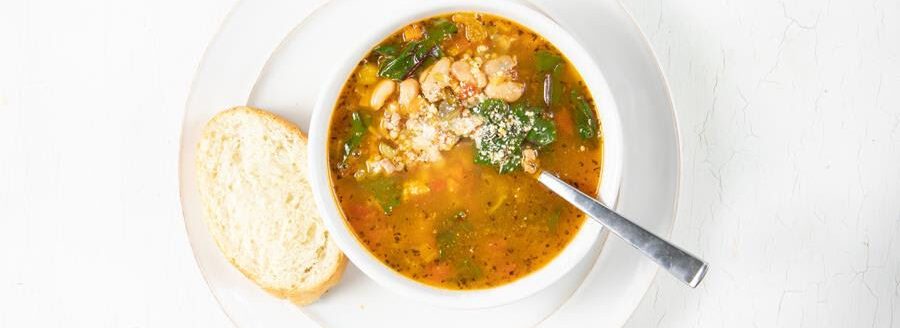The power of purple
The more color you put on your plate, the better—especially when it is purple. Foods with a rich hue, such as blueberries, grapes, purple cabbage or eggplant may help heart health, blood pressure and obesity.
Data from the National Health and Nutrition Examination Study shows that adults who eat purple and blue fruits and vegetables have reduced risk for both high blood pressure and low HDL cholesterol, which is the “good” kind. These adults were also less likely to be overweight.
So, what makes purple foods so special? The magic is found in the compounds that give purple foods their color, called anthocyanins. They are antioxidants that help protect against cell damage and help reduce inflammation. Anthocyanins are believed to also prevent some cancers and diabetes, and can improve memory.
While the benefits of purple and blue foods are widely known, they make up only 3 percent of the average American’s fruit and vegetable intake. Here are a few tips to purple-up your diet.
Swap traditional iceberg lettuce for dark green, purple, and red leaves that boost the phytonutrients and offer more flavor and texture.
Blueberries are rock stars among purple foods. Enjoy them fresh or frozen. Added to smoothies or oatmeal, they provide a powerful way to start your day. Enjoy them as a snack, add them to salads and baked foods, or make a berry crisp.
Offer carrots in a variety of colors for your family to taste. Purple carrots are best served fresh or roasted as they will lose much of their gorgeous color when boiled.
Look for purple varieties of common vegetables at the grocery store or farmers market, such as potatoes, cauliflower and sweet potatoes. Use purple cabbage in any recipe that calls for green.
Grow purple varieties of vegetables in your garden like onions, potatoes, peppers and carrots.



